In the processes that are carried out, both in refineries and in chemical plants, to obtain different products, we can verify the formation of a multitude of reactions that are necessary to achieve the proposed objectives. The main objective of these process reactions is to obtain a final product free of all types of contaminants […]
Flanged joints are an assembled set, formed by the joining of two flanges using fasteners such as bolts, nuts and washers. A gasket is located between both flanges, which performs the function of sealing the joint assembly. Flanged joints are designed to allow the transport of a fluid in a pipeline or in a pressure […]
ASME BTH-1 Standard – Design of Below the Hook. Lifting Devices, arises after the creation by ASME of a design task group in 1997, to develop a design standard that complements the ASME Code B30.20 Below the Hook. Lifting Devices. Safety Standard, for the design of lifting elements. The standard was published in 2005, consisting […]
In the design of mechanical equipment, besides the design conditions (pressure and temperature), and the local site conditions (wind and earthquake), the study of local and nozzle loads is of vital importance. These loads are generated mainly due to way piping systems are supported, alignment and mainly due to the thermal loads generated by the […]
In the design of mechanical equipment, especially large static and rotating equipment, it is essential to carry out a detailed design and analysis of the stresses generated due to the loads induced during the transportation on the different elements of the equipment. If we analyze, for example, the case of a pressure vessel, the transportation […]



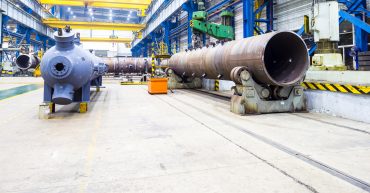
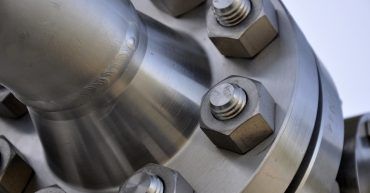
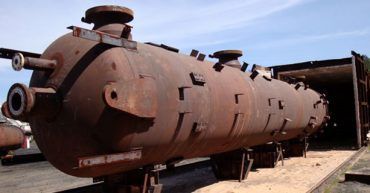
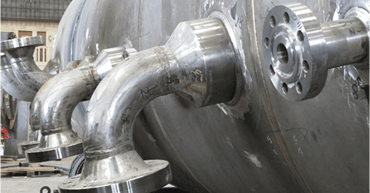
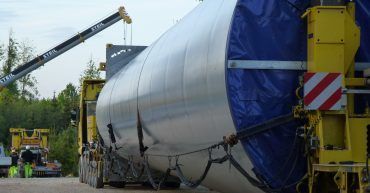
 WhatsApp
WhatsApp